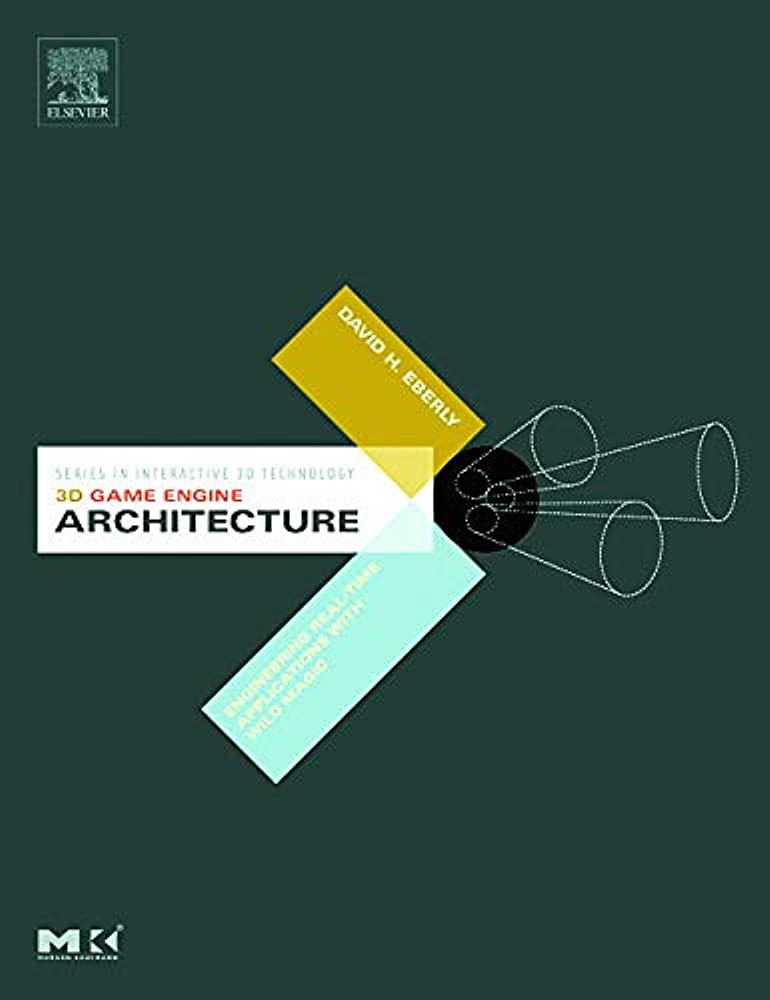3D animation has transformed the gaming industry, making gaming experiences more realistic and immersive. Unlike traditional 2D animation, 3D animation enables characters to move and interact in a three-dimensional space. Key technologies for creating 3D animation in gaming include computer-generated imagery (CGI), graphics processing units (GPUs) and virtual reality (VR), while rigging, keyframing, procedural animation and motion capture are essential techniques. These allow animators to create realistic 3D environments, characters and movements, including environmental effects like water, fire and smoke, and realistic animations for human or animal characters in games. The continued growth of VR technology ensures 3D animation’s future role in making gaming even more immersive.
3D Animation in Gaming: The Technology and Techniques Behind the Magic
Gaming has come a long way since Pong and Pac-Man. With advances in technology, the games we play have become increasingly immersive with stunning graphics and intricate storylines. A major component of this advancement has been the use of 3D animation. In this article, we will explore the technology and techniques behind the creation of 3D animation in gaming.
What is 3D Animation?
3D animation is an art form that involves creating animated characters or objects that can move and interact in a three-dimensional space. Unlike traditional 2D animation, which only allows for movement in a two-dimensional plane, 3D animation allows for characters and objects to move in any direction within a three-dimensional space. This makes it much more realistic and immersive.
The Technology Behind 3D Animation in Gaming
The technology behind 3D animation in gaming is constantly evolving, with new tools and systems being developed all the time. However, there are some key technologies that are essential for creating 3D animation in gaming.
Computer-Generated Imagery (CGI)
CGI is a process of creating digital images using computer software. It is the cornerstone of 3D animation in gaming, allowing animators to create rich, complex environments and characters. In order to create 3D animation using CGI, an animator will start by creating 3D models of the characters, objects, and settings they want to include in the game. These models are then textured and lit to create a realistic look and feel. Animators can use a variety of software programs to achieve this, including Maya, 3DS Max, and Blender.
Graphics Processing Units (GPUs)
GPUs are specialized computer chips that are designed to handle the complex calculations required for 3D animation. They are responsible for rendering the 3D models and textures created by animators into the final images that appear on the screen. GPUs are now so powerful that they can render complex 3D environments in real-time, allowing gamers to move through virtual worlds seamlessly.
Virtual Reality (VR)
VR technology is a game-changer when it comes to 3D animation in gaming. It allows players to immerse themselves fully in a virtual world, experiencing the game from a first-person perspective. VR technology uses specialized headsets and controllers to track a player’s movements in real-time, helping them to feel like they are really in the game. As 3D animation technology continues to evolve, we can expect VR to become an even more integral part of gaming experiences.
The Techniques Behind 3D Animation in Gaming
Creating 3D animation in gaming is a highly technical and creative process. Animators use a range of techniques and tools to bring characters and environments to life. Here are just a few of the most important techniques used in 3D animation for gaming:
Rigging
Rigging is the process of creating a “skeleton” for 3D models so that animators can move them around in a realistic way. This involves creating a series of “bones” that are connected to the model and can be manipulated by the animator. By rigging a character or object, animators can create realistic movement and interactions within the game.
Keyframing
Keyframing is a process where the animator sets the starting and ending points of a character’s movements or actions, and the software fills in the frames in between. This allows animators to create complex movements and actions without having to animate every single frame manually.
Procedural Animation
Procedural animation is a type of animation that is created automatically by software. It is often used for environmental effects such as water, fire, or smoke, where it would be difficult or time-consuming to animate every individual frame. Procedural animation can also be used to create more natural-looking movements for characters, such as breathing or blinking.
Motion Capture
Motion capture (or mocap) is a technique where a real actor’s movements are recorded using specialized cameras and sensors. This data is then applied to a 3D model to create realistic movement within the game. Motion capture is often used for creating realistic animations for human or animal characters in games.
Conclusion
3D animation technology has revolutionized the gaming industry, providing players with immersive and realistic gaming experiences. The technology and techniques behind 3D animation in gaming are constantly evolving, with new tools and systems being developed all the time. With the continued growth of VR technology, we can expect 3D animation to become an even more integral part of gaming in the years to come.
